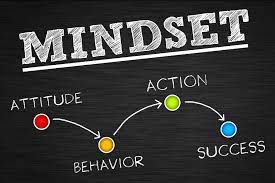In an age where most communication occurs digitally, it is essential for job seekers to understand and put to use proper email etiquette. Whether you are sending an email to network, inquire about a job opportunity, or set up an interview, a well-written email will go a long way in the impression you are giving a potential employer.
The Basics: For starters, ensure you have an appropriate email address and use an email platform that is current and recognizable, like Gmail or Yahoo. Email platforms such as AOL and Hotmail are much older and may give the impression you are unaware of the latest technology or not quite with the times. The more professional sounding your email address, the better, so you may want to avoid using that silly email account you created in high school or one with your nickname. Furthermore, using an email address that doesn’t clearly identify you is also not the greatest idea. An example of an appropriate email account is firstname.lastname@gmail.com, as Allison Doyle notes in the article “Email Etiquette Tips for Job Seekers.”
The Well-Crafted Email: Make sure you type in the subject of an email in the subject line. A subject line-less email may end up going to the recipient’s spam or junk box and possibly go unread. Next, begin your email addressing the recipient by name and using proper greetings (i.e., Dear Ms. Jones). The body of your email should clearly state your purpose. Ask yourself, “What are you trying to get out of this email?” If you are inquiring about a job opening, be clear in stating your inquiry. If you are networking, state that as well. The last thing you want is for the recipient of your email to be confused about the purpose of your communication. Finally, close your email with a professional salutation (i.e., Thank you; Regards) and your signature. Make sure your contact information, such as your phone number and LinkedIn profile, are included below your name.
Closing Tips: Before you hit the send button, make sure you take the following steps:
1. Check your email for spelling and grammar
2. Double-check that you have the recipient’s correct email address
3. Have another person read your email to ensure your purpose is clear



